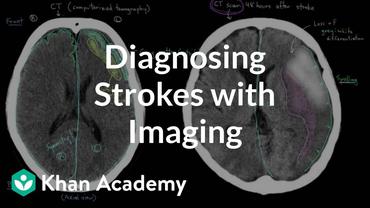Deep learning to achieve clinically applicable segmentation of head and neck anatomy for radiotherapy
Over half a million individuals are diagnosed with head and neck cancer each year worldwide. Radiotherapy is an important curative treatment for this disease, but it requires manual time consuming delineation of radio-sensitive organs at risk (OARs). This planning process can delay treatment, while also introducing inter-operator variability with resulting downstream radiation dose differences. While auto-segmentation algorithms offer a potentially time-saving solution, the challenges in defining, quantifying and achieving expert performance remain. Adopting a deep learning approach, we demonstrate a 3D U-Net architecture that achieves expert-level performance in delineating 21 distinct head and neck OARs commonly segmented in clinical practice. The model was trained on a dataset of 663 deidentified computed tomography (CT) scans acquired in routine clinical practice and with both segmentations taken from clinical practice and segmentations created by experienced radiographers as part of this research, all in accordance with consensus OAR definitions. We demonstrate the model's clinical applicability by assessing its performance on a test set of 21 CT scans from clinical practice, each with the 21 OARs segmented by two independent experts. We also introduce surface Dice similarity coefficient (surface DSC), a new metric for the comparison of organ delineation, to quantify deviation between OAR surface contours rather than volumes, better reflecting the clinical task of correcting errors in the automated organ segmentations. The model's generalisability is then demonstrated on two distinct open source datasets, reflecting different centres and countries to model training. With appropriate validation studies and regulatory approvals, this system could improve the efficiency, consistency, and safety of radiotherapy pathways.
PDF AbstractDatasets
Introduced in the Paper:
TCIA Test & Validation Radiotherapy CT Planning Scan


